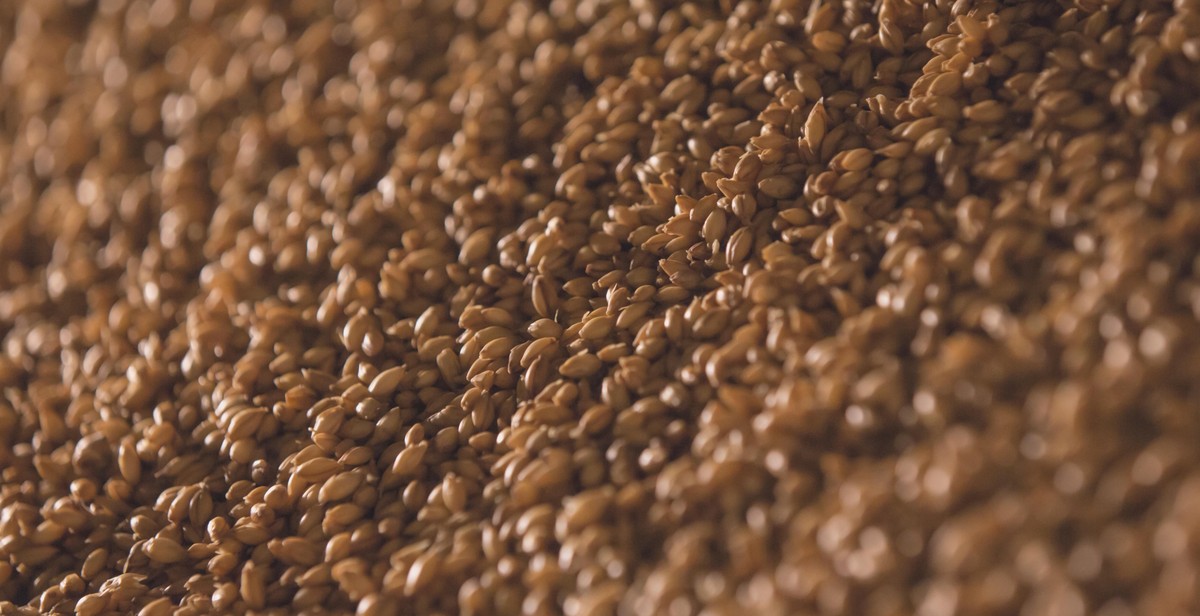Introduction: Appreciating and Identifying Different Types of Single Malt Scotch
Single malt scotch is a type of whisky that has been distilled in Scotland using only malted barley, water, and yeast. It is a drink that is steeped in history and tradition, and one that has been enjoyed by connoisseurs for centuries.
What is Single Malt Scotch?
Single malt scotch is a whisky that is made from 100% malted barley and is distilled at a single distillery using traditional copper pot stills. It must also be aged for a minimum of three years in oak casks. The resulting whisky is a complex and flavorful drink that is enjoyed neat or on the rocks.
The History of Single Malt Scotch
The history of single malt scotch dates back hundreds of years, with the first recorded distillery in Scotland dating back to the late 15th century. Over the years, the production of single malt scotch has evolved, with new techniques and technologies being developed to create even more complex and nuanced flavors.
Why Appreciate Single Malt Scotch?
Appreciating single malt scotch is not just about enjoying a good drink, it is also about understanding and appreciating the history and traditions that go into its production. By learning about the different types of single malt scotch and how they are made, you can gain a deeper appreciation for this iconic Scottish drink.
- Understanding the different types of single malt scotch can help you to identify the flavors and aromas that you enjoy the most, and to choose the perfect bottle for any occasion.
- Appreciating single malt scotch is also about the experience of drinking it. From the aroma and flavor to the texture and finish, every aspect of a good single malt scotch is to be savored and enjoyed.
Now that we have explored the basics of single malt scotch, let’s dive deeper into the different types of single malt scotch and how to appreciate and identify them.

Understanding Single Malt Scotch
Single malt scotch is a type of whisky that is made exclusively from malted barley, water, and yeast. It is distilled in copper pot stills and aged for a minimum of three years in oak casks. Single malt scotch is a popular drink around the world, known for its unique flavor and aroma.
Ingredients of Single Malt Scotch
The main ingredient in single malt scotch is malted barley. This is a type of barley that has been soaked in water and allowed to germinate before being dried in a kiln. This process converts the starch in the barley into fermentable sugars, which are then extracted during the brewing process.
Water is also a crucial ingredient in single malt scotch. The quality of the water used in the production process can have a significant impact on the final product. Many single malt scotch distilleries are located near natural sources of water, such as rivers or springs, which are believed to give the whisky its unique character.
Yeast is used to ferment the sugars extracted from the malted barley. Different strains of yeast can be used to create different flavors and aromas in the final product.
The Distillation Process
The distillation process is a crucial step in the production of single malt scotch. The fermented liquid, known as wash, is heated in copper pot stills. The stills are shaped like large kettles with long necks, which help to concentrate the alcohol vapors and remove impurities.
The liquid that is collected during the distillation process is known as new make spirit. This is a clear, colorless liquid with a high alcohol content. It is then aged in oak casks to give it its characteristic color and flavor.
The Aging Process
The aging process is a critical factor in the production of single malt scotch. The new make spirit is aged in oak casks for a minimum of three years, although many distilleries choose to age their whisky for much longer periods.
The type of oak cask used can have a significant impact on the final product. Most single malt scotch is aged in casks that have previously been used to age bourbon or sherry. This can give the whisky a range of flavors, from vanilla and caramel to dried fruit and spice.
During the aging process, the whisky also absorbs flavors from the oak cask, which can give it a unique character. The longer the whisky is aged, the more complex its flavor and aroma become.
| Ingredient | Process |
|---|---|
| Malted barley | Soaked in water, germinated, dried |
| Water | Used in brewing process |
| Yeast | Ferments sugars extracted from malted barley |
| New make spirit | Distilled liquid collected from copper pot stills |
| Aging | Aged in oak casks for a minimum of three years |
Overall, single malt scotch is a complex and fascinating drink that is steeped in history and tradition. By understanding the ingredients, distillation process, and aging process, you can gain a deeper appreciation for this unique and delicious spirit.

Identifying Different Types of Single Malt Scotch
Single malt scotch is a type of whisky made exclusively from malted barley and water. It is produced in various regions of Scotland and each region has its own unique taste and characteristics. Here are the different types of single malt scotch and how to identify them:
Highland Single Malts
Highland single malts are the most widely produced type of single malt scotch. They are known for their rich, full-bodied flavor and are usually aged for at least 12 years. Highland single malts are typically made with peat-smoked barley, which gives them a smoky flavor.
To identify a Highland single malt scotch, look for a golden color and a strong, complex aroma. Highland single malts are often described as having notes of fruit, vanilla, and spice.
Lowland Single Malts
Lowland single malts are produced in the southern region of Scotland and are known for their light, delicate flavor. They are typically aged for at least 8 years and are made with unpeated barley.
To identify a Lowland single malt scotch, look for a pale gold color and a subtle, floral aroma. Lowland single malts are often described as having notes of grass, honey, and citrus.
Islay Single Malts
Islay single malts are produced on the island of Islay and are known for their strong, smoky flavor. They are typically aged for at least 10 years and are made with heavily peated barley.
To identify an Islay single malt scotch, look for a dark gold or amber color and a powerful, smoky aroma. Islay single malts are often described as having notes of seaweed, iodine, and peat smoke.
Speyside Single Malts
Speyside single malts are produced in the Speyside region of Scotland and are known for their sweet, fruity flavor. They are typically aged for at least 10 years and are made with lightly peated barley.
To identify a Speyside single malt scotch, look for a light gold color and a sweet, fruity aroma. Speyside single malts are often described as having notes of apple, pear, and honey.
Campbeltown Single Malts
Campbeltown single malts are produced in the town of Campbeltown and are known for their rich, smoky flavor. They are typically aged for at least 12 years and are made with peated barley.
To identify a Campbeltown single malt scotch, look for a deep gold or amber color and a strong, smoky aroma. Campbeltown single malts are often described as having notes of tobacco, leather, and peat smoke.
Conclusion
Knowing how to identify the different types of single malt scotch can help you appreciate and enjoy them even more. Keep in mind that each region has its own unique taste and characteristics, so it’s worth trying different types to find your favorite. Whether you prefer a light, delicate flavor or a strong, smoky one, there’s a single malt scotch out there for everyone.

Appreciating Single Malt Scotch
Single malt scotch is a complex and nuanced spirit that can be appreciated in a variety of ways. Here are some tips for fully appreciating the color, aroma, taste, and pairing of single malt scotch.
The Color of Single Malt Scotch
The color of single malt scotch can tell you a lot about the aging process and the flavor profile of the spirit. Generally, the longer a scotch has been aged in oak barrels, the darker its color will be. Look for shades of gold, amber, and copper to indicate a rich, complex flavor.
The Aroma of Single Malt Scotch
The aroma of single malt scotch is a key part of its appeal. Take a moment to savor the scent of the spirit before taking a sip. Look for notes of smoke, peat, fruit, and spice to give you an indication of the flavor profile to come.
The Taste of Single Malt Scotch
The taste of single malt scotch is where the true appreciation of the spirit comes in. Take a small sip and let it roll around your tongue before swallowing. Look for flavors of vanilla, caramel, honey, and oak to indicate a well-aged and complex scotch.
Pairing Single Malt Scotch with Food
Pairing single malt scotch with food can be a delightful experience. Look for rich, hearty dishes like steak or roasted game to pair with a peaty scotch, or lighter fare like seafood or cheese to pair with a more delicate flavor profile.
| Food | Single Malt Scotch Pairing |
|---|---|
| Steak | Peaty scotch |
| Seafood | Lighter, delicate scotch |
| Cheese | Rich, complex scotch |
